![]()
Huncoat is a small village situated in Lancashire in the North West of England and is located towards the east of Accrington.
With a population of just over 4,000 people at the time of the 2011 Census, it seems the village has always been a small residential area as census records show that only 598 people lived within the boundaries back in 1851. And because of the low numbers of residents, crime has never really been an issue.
However, today’s story takes us back to Wednesday, 24th December 1856 and to the inquest of how a young girls body was pulled from an old pit situated only yards from her own back yard, the week before on Friday, 19th December.
At the Whittakers Arms Inn, Mr. H. W. Hargreaves opened the proceedings on the body of Alice Nuttall, a 13 year old girl whose was found drowned in a pit near Highbrake Mill on Friday, 19th December.
The pit from where her body was removed from was roughly eighteen yards long and five to six yards wide. It was also only twenty-five yards away from where Alice had lived at Highbrake Terrace.
At around 6.10pm, Esther Smith was making her way home to Highbrake Terrace after finishing work at the nearby mill. She was being accompanied by John Nuttall who was also employed at the same mill as her. After arriving at Nuttall’s house, which was only a five minutes’ walk at best, she saw her sister, Alice standing and talking to Alice Nuttall at the bottom of the flag steps leading away from the house. Alice (Smith) was holding a jug which their father had given to her upon leaving work.
Waving at both girls, Esther continued on her way home which was only a few doors up from that of John Nuttall.
Ten minutes later, Alice Smith, in a state of panic came rushing into the house. She was wet from head to foot, her brow covered in green slime.
“Oh! Mother, two men have drawn us through the pit ; go after Alice, they have taken her!”
In the house where Ann and James Smith, mother and father to both Esther and Alice. Also, a lodger by the name of John Banks was also in the room. Upon seeing their daughter in such a frantic state and after hearing her story, James, as well as John, both immediately left the house, taking a candle with them.
Outside, they managed to gather several other men, quickly telling them to be on the lookout for any strange characters that may be lurking around as, of course, these could be the same men that had taken both his daughter and that of Alice Nuttall.
The pit, as already mentioned, was only a few yards from the house, but because of his running, the wind soon blew out the candle James was carrying. Knowing he would get nowhere without any light, he quicky ran back and this time picked up a lantern.
Upon arriving at the pit, the first thing James noticed was the jug Alice was holding when Esther had last seen her, and after a little searching, both men found the body of young Alice Nuttall submerged in a small pool of water. James quickly managed to drag her to the side but it was too late, Alice was already dead upon his arrival.
Picking up her lifeless body, both men then made their way back to where Alice lived with her mother and father.
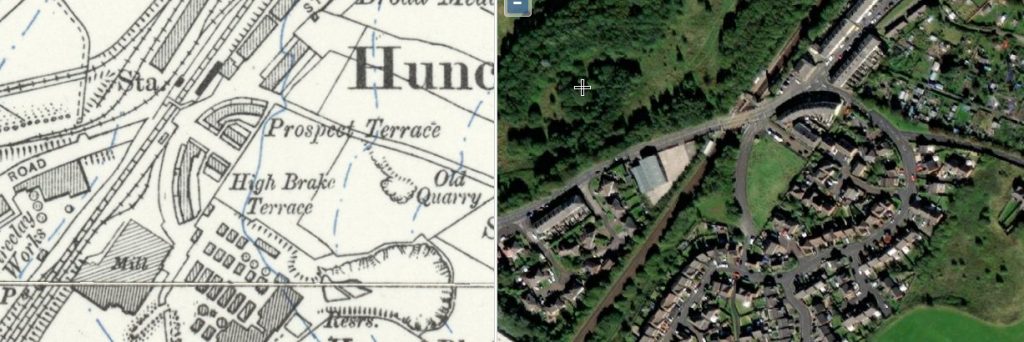
James would later recall at the inquest that he himself after leaving work had heard the voices of two lads who were behind a wall, making gurgling noises with their mouths. He remarked to his wife that it was a strange noise they were making and even stranger they were in the dark and behind a wall.
He would go on to say that he thought that the lads where sodding (a term meaning throwing insults at each other).
It was only after he had lit his pipe and had sat down, that it was perhaps only around 8 to 10 minutes shortly after that his daughter, Alice came running into the house.
At around half-past six that same evening, Edward Holt, a book-keeper at Highbrake Mill had only just left the factory to make his way home. On his way, he had to walk past the pit when he thought he heard a girl’s voice beside a row of houses nearby. As many children played in the area, he didn’t think too much of it and carried on with his journey.
Shortly after, he came across three young men near Brown Birks farm who, it seemed, were heading towards the mill he had just left, but he couldn’t make out who they were as they didn’t look familiar to him.
It was only when he returned home in Accrington that he would hear the shocking news of a young girls body being found in the same pit he had walked past only forty minutes prior.
One of the first people to be questioned at the inquest would be that of Esther Smith, sister of Alice and one of the first witnesses to see both Alice (her sister) and that of Alice Nuttall only minutes after finishing work.
As already mentioned, she saw the both of them as she passed John Nuttall’s house, but it’s what happened once Alice Nuttall’s body had been discovered and when her father, James arrived back home moments later.
Esther recalled Alice being questioned on the event, saying upon both her mother and father arriving back home, they began to ask her (Alice) questions.
Alice replied saying how two men had grabbed both her and Alice, with one of them putting his hand to her mouth before carrying her off over the stile to the back of the wall. He that put his finger into her mouth and “jouled” her teeth open. Once open he then put a hard ball inside her mouth. Her throat smarted but she managed to get the ball out. At this time, she had been thrown into the pit and had begun taking in some of the filthy water.
When questioned about Alice Nuttall, she told her parents the could not say anything about her other than she heard her call out ; “Oh! Mother.”
Alice would then tell her parents that she had tried to help Alice out of the pit but one man pushed her back with his foot, which he put on top of her head.
She then heard a noise, and called out; “Oh! Mother, are you coming?” at which point the two men ran away.
When asked how she had gotten safely out of the pit, she told her parents that she managed to grab hold of a thorn, and that she crept on her hands and knees to the gateway, for fear of the men seeing her. She had her frock pinned up, and her working brat on. Her skirt and brat, and hands were dirty. (a brat being a form of overgarment that resembled a pinafore)
Alice told Esther that the men did not attempt to ill-treat either of the two girls, but had told them that when they took them up, “We’ll be shut of your devils!”

Next to be questioned was that of Jane Nuttall, Alice’s mother. She would tell the inquest of how her daughter and Alice Smith had been good friends for around two years and she had never heard them quarrel. She would also tell of how they often walked together, not only to and from work, but also when they had any time together.
As for the evening when this terrible event took place, she would tell of how she was in her house when Ann Smith, sister of Alice, came running in, telling her to go to the pit as Alice (her daughter) was missing. She immediately left the house and went straight to the home of James Smith, where she found Alice Smith lying on the kitchen floor, with her clothes all wet.
It was then that she left the Smith’s house and went with James and John Banks to the pit. Upon arriving and after calling out, she returned home after getting no reply, leaving James and John to carry on searching.
Superintendent Carswell would take to the stand. He would go on to say that he first saw Alice Smith at her father’s house when she was in bed. Her mother, Ann, was present, together with a police-sergeant.
He then asked to see Alice’s clothes.
When questioned about the two men, Alice stated that they both had white top coats on; but she could not recognise them again, as she did not see their faces.
She told Superintendent Carswell that she could not scream as she was thrown into the pit, and the men had put a ball in her mouth, which she swallowed, and it burned her throat. She got out of the pit by taking hold of a thorn.
When questioned about why her dress happened to be dry at the top, Alice replied, saying, “the man dragged me through the pit.”
Carswell would tell at the inquest that despite the police having made extensive enquiries, they could not find any persons answering the description of the men, who, Alice had described as looking like stonemasons.
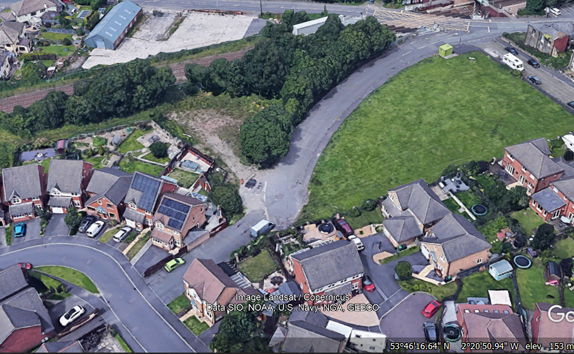
Highbrake Terrace 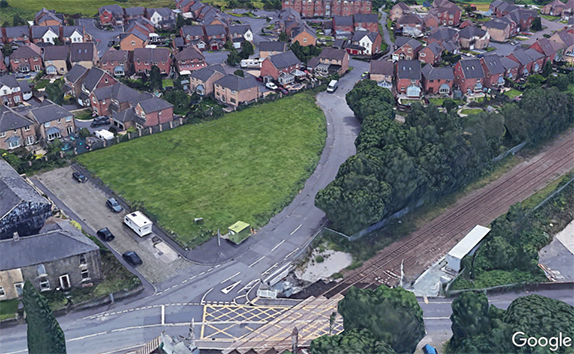
Highbrake Terrace 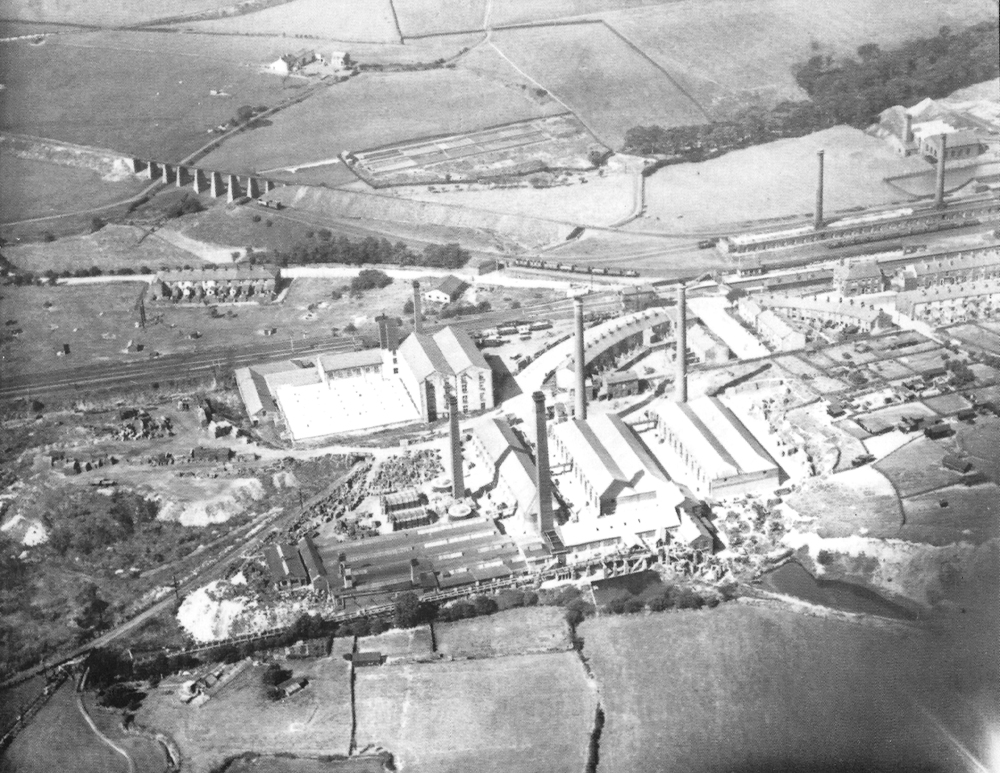
Highbrake Mill
Mr. Kennedy Gill, surgeon from Accrington, said he had examined both Alice Nuttall as well as Alice Smith.
Interestingly, he found no marks on Alice Smith, except a slight scratch on one arm, which he was satisfied had been caused by a thorn; but she had feverish symptoms from her being in the water, and she complained of a pain in her side.
There was no sand in her hair, as there would have been had she been immersed; her ears were also clean.
There were several scratches on the outside of both elbows of the deceased, Alice Nuttall, which had been produced by a thorn. There was also a scratch on the nose, but he could not tell how it had been caused.
Strangely, however, there didn’t seem to be any marks of violence on either girl.
After hearing from other witnesses, such as James Smith and John Banks, the inquiry was adjourned until Monday, 5th January, to give time for the police to make further investigations.
The adjourned inquest was held at the house of Mrs. Sutcliffe, propriertor of the Commercial Inn, Accrington, before Mr. H. W. Hargreaves, the deputy coroner.
Esther Smith, sister of Alice in answer to the coroner, repeated much of what she had already said at the original inquest that took place on the 24th December, but this time she would mention that Alice had told her that the men came from the wall near to their house. That was the only added information she would mention.
Alice’s father, James, would add that the wall Esther spoke about was about eight or ten yards from their house and the boys that he had heard were not more than that distance from him.
He would also tell at the inquest that his daughter had always been a good girl and well instructed when it came to religion. And yet, he thought that the tale she had told him was a strange one.
When asked about the noise he had heard coming from behind the wall on the evening of the tragedy, he said he was satisfied it had come from the two boys.
He would also tell the jury that Alice had told him the following morning that one of the men who had grabbed the girls had come from the end of the houses, whilst the second man came from the wall in front of the houses.
Police-sergeant William Sutton would be next to be questioned and he would tell the jury that he had visited Alice Smith on the night of the occurrence. She was in bed.
When asked what had happened, Alice told him that both she and Alice Nuttall were standing at Nuttall’s door, talking about buying neckties from Accrington, when two tall men came up to them; they had white topcoats on.
One seized Alice Nuttall and the other man grabbed Alice Smith. The one who seized her (Alice Smith) put his hand over her mouth, and doubled her up with her feet towards her head. He then carried her through the stile, and put something into her mouth. He then threw her into the pit, but as she tried to get out, the man came to the side and kicked her on the head, knocking her into the water again.
When asked about the object placed inside her mouth and what had happened to it, Alice told Police-sergeant Sutton that she supped on the water in the pit and it fell out.
The police-sergeant then had asked Alice what had happened to Alice Nuttall and she replied saying the other man threw her into the pit, and when she tried to get out, he kicked her many times, and then got hold of her legs and held her in the water.
Police-sergeant Sutton told the jury that he had made all possible inquiries since the tragedy but had heard of no tidings of any such men as to what Alice Smith had described and believed he saw no probability of obtaining any further information.
John Grimshaw, manufacturer, was next to give evidence. He told the jury that he lived near the mill and that the mill was his property.
Having seen the pit in where Alice Nuttall was found drowned, he believed the present depth of water would be between three and four feet deep. The soft mud at the bottom would be at least six feet deep and he had seen a pole buried at least twelve feet deep in the middle.
He did not think that if a man got into the middle, he would be able to get out again on account of the soft mud.
He had visited the pit again on the night of the tragedy, a little before eight o’clock, when the lights of the mill were out, and, though it was a dark night, he could see from the centre of the houses to the end any object, such as a man or boy, quite well; and James Nuttall’s house he could see quite well as far as the stile.
Edmund Riley, a 13 year old boy who worked at the same mill as Alice Smith and Alice Nuttall would also be questioned, and he would tell the jury that he had seen both girls leaving the mill at around 6.10pm. He also told the jury that to get home, both girls would have to go through the field and that they did not return. He thought he would have seen them had they returned as he himself was still at the mill until he left at around 6.30pm.
He also told the jury that at no point did he ever see of the two men as described by Alice Smith.
The Deputy-coroner, at the conclusion of the evidence, observed that, if the jury believed the evidence of Alice Smith, they would have to return a verdict of wilful murder against some persons unknown.
However, he did observe that the story Alice had told was so improbable, that it would require very grave consideration before returning a verdict.
If the jury did not believe her version of events, then she herself would seem to be implicated; but the evidence against her was not sufficient to implicate her.
He would tell the jury that it was possible the girls had been playing together; and Alice Nuttall may have been pushed into the pit by accident.
Mr Hargreaves only mentioned this in case the jury did not credit the statement given by Alice Smith in regards to the two men.
After a short time deliberating, and on their return, the jury delivered a verdict in the following terms;
“The jury are agreed that Alice Nuttall’s death was cause by drowning; but in the absence of all violence and apparent motive, there is no evidence to show whether she accidentally fell or was thrown into the pit.”
The Deputy-coroner replied, saying that their statement was equal to a verdict of “found drowned,” which the verdict was recorded as.
He then addressed the father of Alice Smith, telling him that the verdict showed that the jury disbelieved his daughter’s statement, and that it was his duty and that of the girls mother, to question her about it, to get her to tell the whole truth, for it was important that the mystery in which the case was made should be cleared up.
The case remains a mystery and will most likely remain unsolved. Where both Alice Nuttall and Alice Smith abducted by two men wearing white top coats and thrown into the marl pit just yards from the front door of the houses they both lived at? None of the witnesses questioned during the inquest saw anyone matching the description given by Alice Smith, despite many people still walking the area the at the time of the so-called abductions.
You have to question Alice Smith’s story and wonder why she would tell a tale that is seemingly flawed. What was she hiding?
Had she and Alice Nuttall fallen out, with Smith possibly pushing Alice Nuttall into the pit? Or, perhaps they had been larking around and Alice Nuttall may have fallen into the pit with Smith trying her best to pull her friend out?
Perhaps we will never get to the truth and we will never get to the real reason as to the death of poor Alice Nuttall.
Alice Nuttall’s body was interred at St. James Church on Christmas Day, 1856. She was just 13 years old.
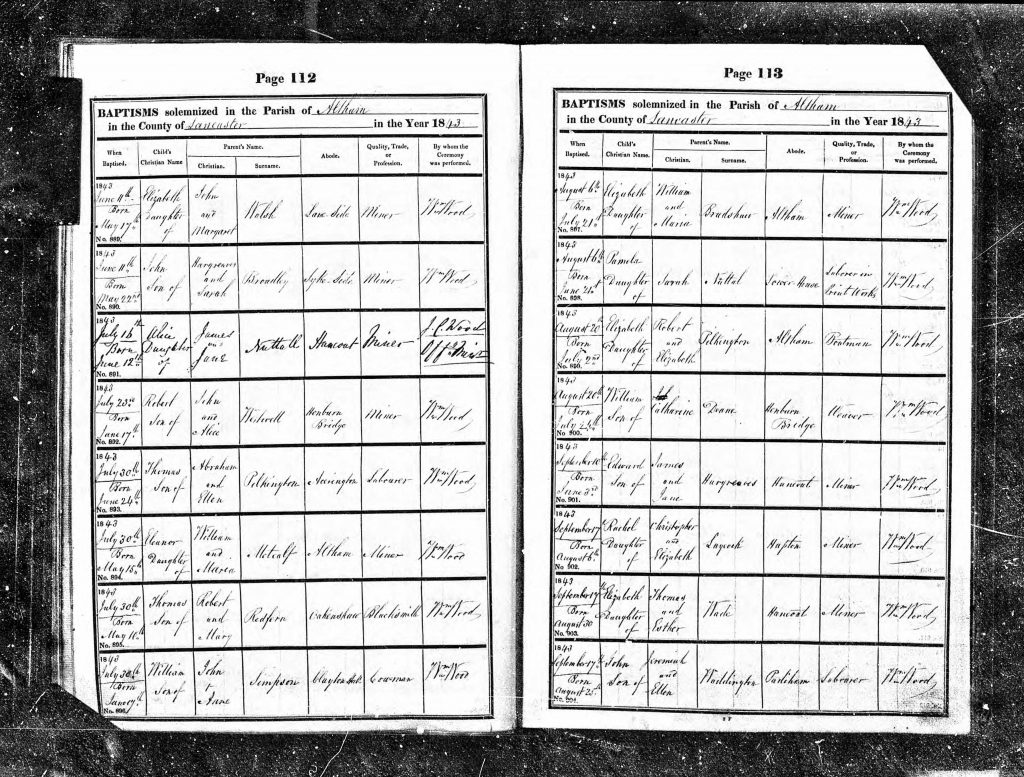
Alice Nuttall – Baptism Record 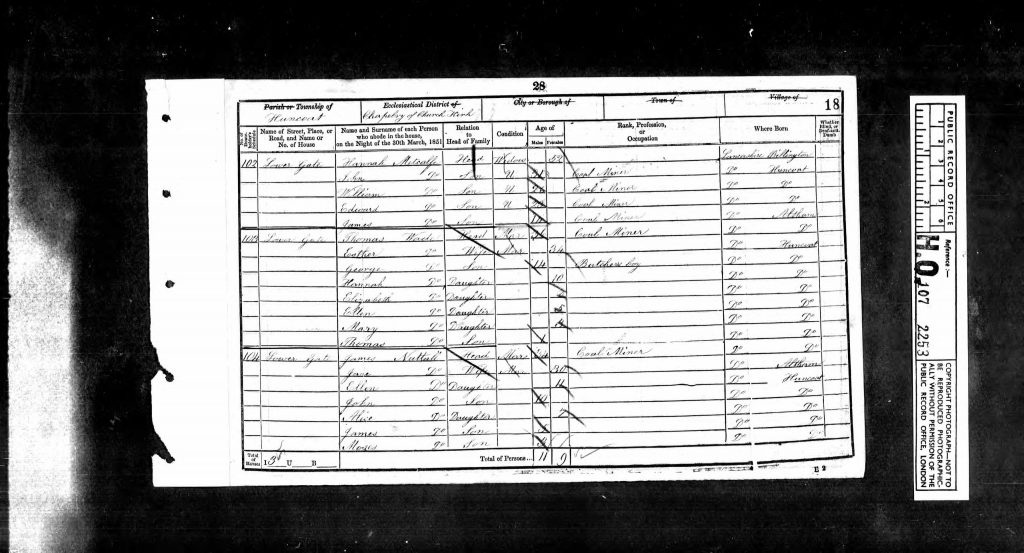
Alice Nuttall – 1851 Census 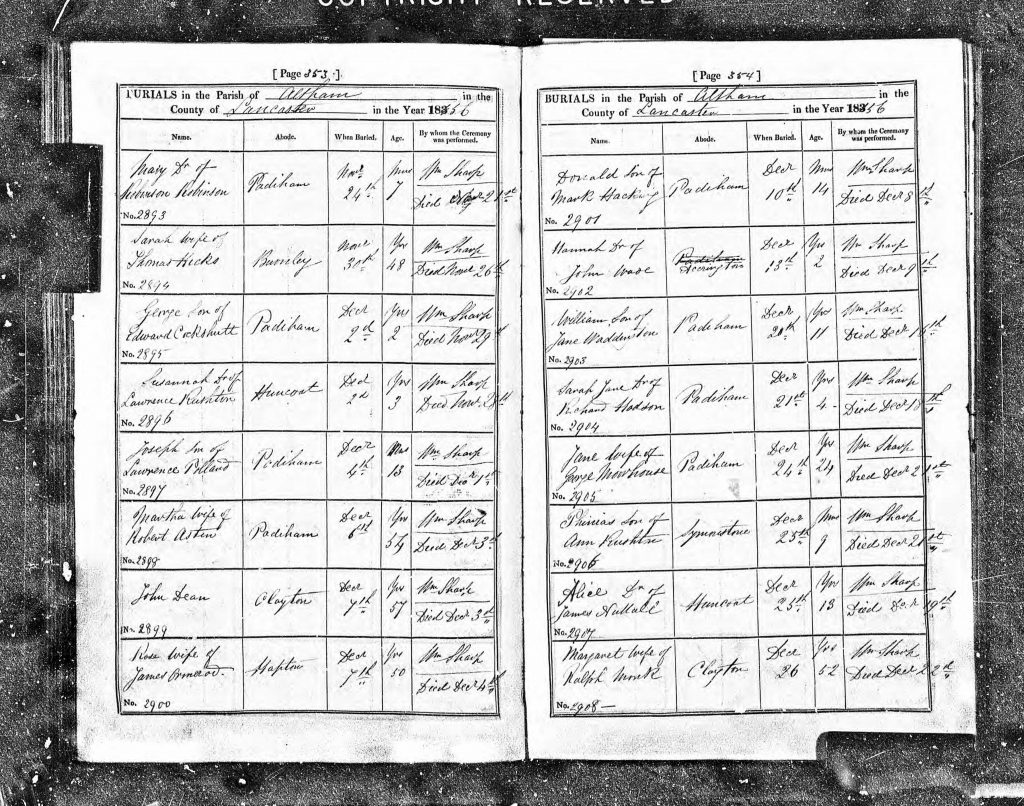
Alice Nuttall – Record Death
Sources used in this story;
Blackburn Standard – Wednesday 24 December 1856
Blackburn Standard – Wednesday 07 January 1857
Burnley Advertiser – Saturday 10 January 1857
Morning Chronicle – Saturday 27 December 1856
Manchester Courier and Lancashire General Advertiser – Saturday 10 January 1857
+ many more courtesy of the British Newspaper Archive – www.britishnewspaperarchive.co.uk and www.ancestry.co.uk
Please follow me on social media;
Twitter – https://twitter.com/dohpods
Instagram – www.instagram.com/dohpods
Youtube – https://www.youtube.com/c/DaysofHorrorPodcast
Music;
Casual Desire – Ugonna Onyekwe – No Copyright Music
Contact – The Tower of Light – No Copyright Music
Classical Piano – Myuu – No Copyright Music
Unspoken – Myuu – No Copyright Music

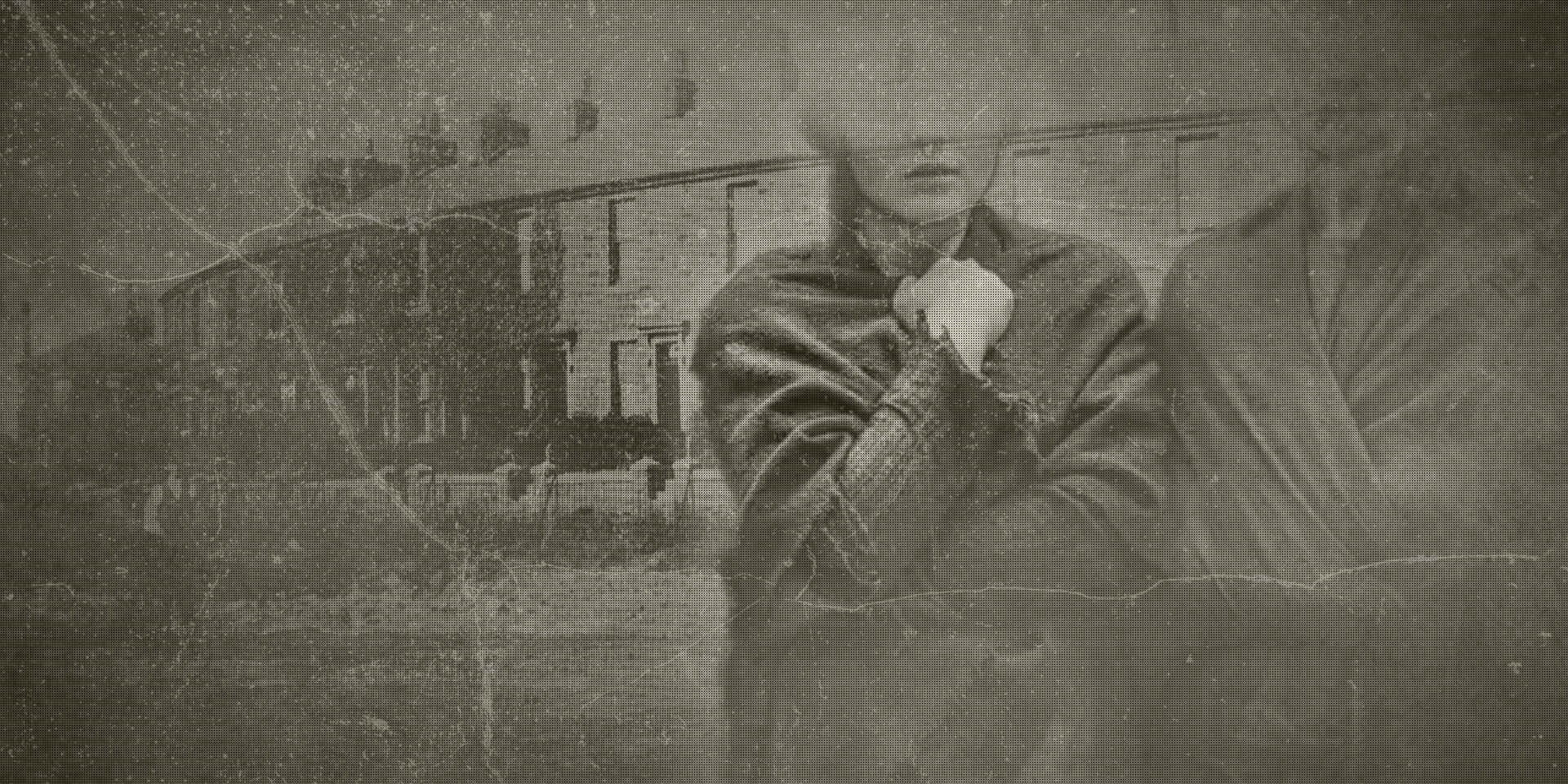
Leave a Reply